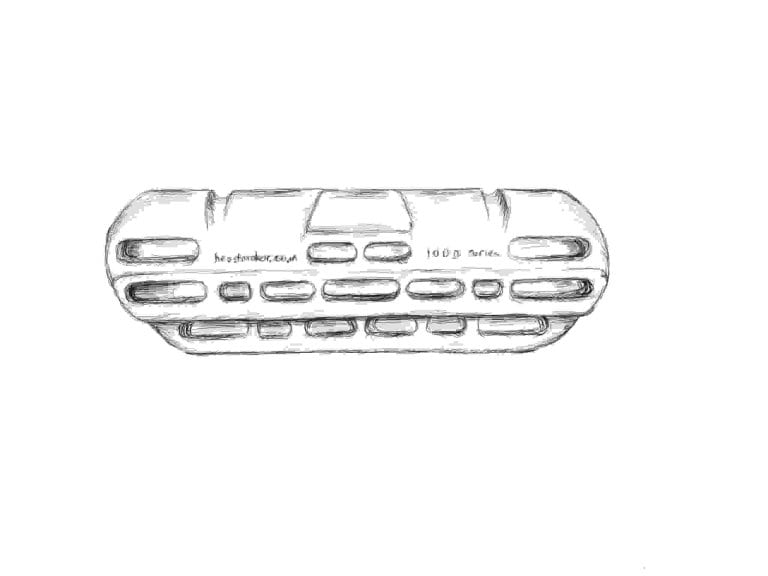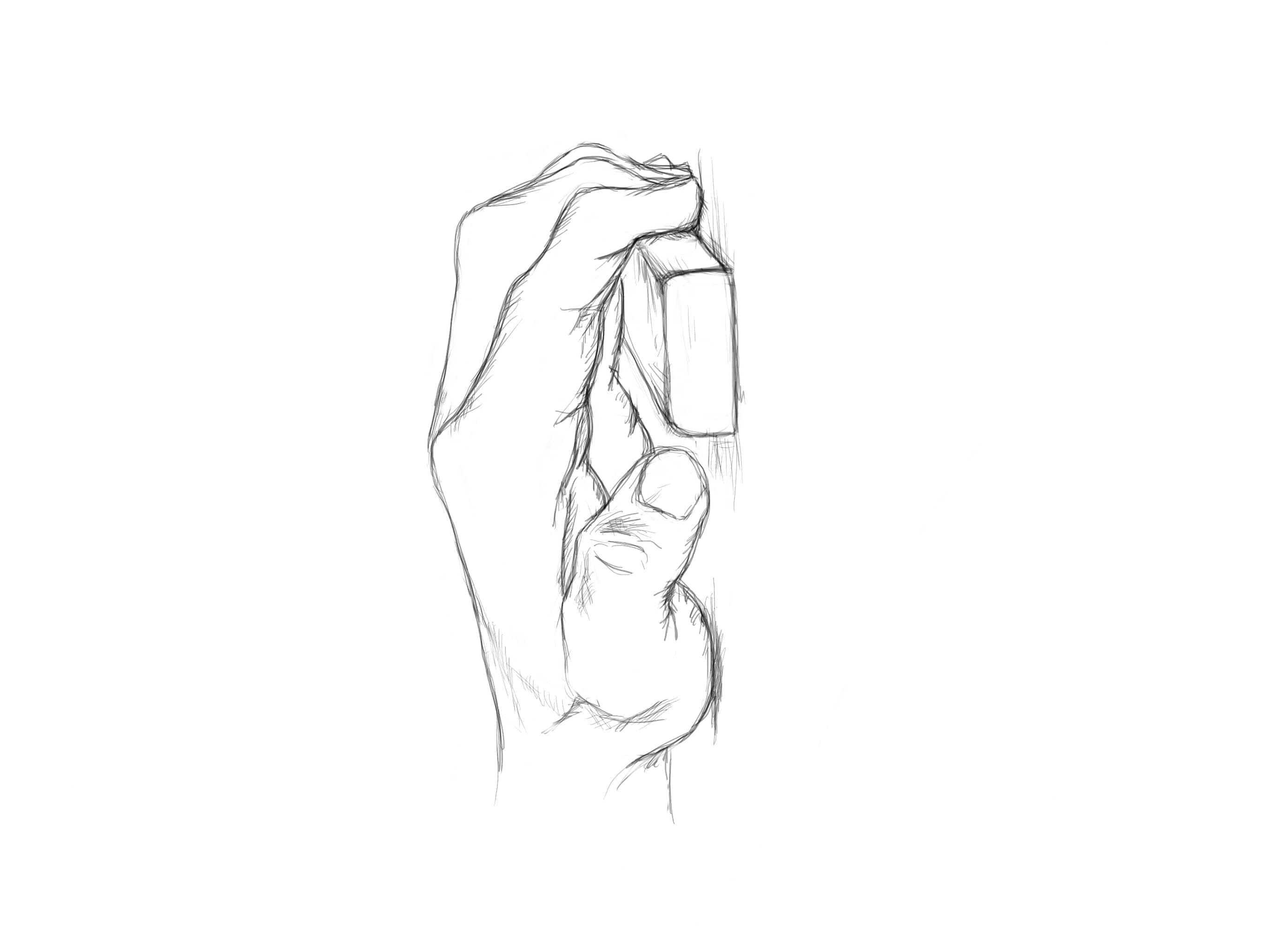
If you’re new to grip training an optimal workout for increasing finger strength is the weighted hangs (WH) prescription. WH combine elements of two other popular hangboard workouts, max hangs and repeaters, to achieve persistent results emphasizing strength.
While an increase in finger strength does not equate to a one-to-one improvement in climbing performance, stronger fingers do make it possible to control smaller or more challenging handholds. This enables you to practice moves that you couldn’t before finger training and in turn, improve technique
The choice of hand position and prescription will have a significant impact on your training results. The 4F-½ crimp (shown below) combined with a beginner’s weighted hangs prescription will 1) transfer to controlling a variety of other hand positions and 2) have the most persistent results. (Note: This general recommendation naturally evolves to become more specific with more experience, both in prescription and hand position.)

In contrast to the WH prescription, repeater workouts have successfully been used by climbers for a long time. This probably accounts for the many iterations in which they’re prescribed. Whether you perform 5 reps or 7 reps for 4 sets or 9 sets the target effect is the same: a good conditioning stimulus for your grip-strength to become more fatigue resistant. (Another variable when prescribing reps is the hang-time to rest-time ratio. Variations to this ratio also exist depending on which repeater workout and which source you get your information.)
Using repeaters to improve conditioning doesn’t mean a trainee won’t also experience an increase in strength, but there are more reliable methods to achieve stronger fingers using both less reps and fewer sets. Namely, the max-hangs prescription.
Less time spent working out means less interference to your climbing performance, an obvious advantage to the max hangs prescription. But not everyone has the same goal or the same level of experience when choosing a workout regimen.
3 sets* [1 rep x 10 seconds] @ x-amount of additional training weight
5 sets* [5 reps (10 sec / 5 sec) @ x-amount of additional training weight
3 sets* [5 reps (7 sec/ 3sec) @ x-amount of additional training weight
*Rest times between sets vary among the above workouts. Although, there are variations within how each workout is prescribed, the following rest times are representative of each methodology. Max-hangs and weighted hangs recommends ample rest between sets (approx. 2-4 minutes). Repeater workouts recommend restricted rest between sets (45-60 seconds).
Similar to max hangs WH also prescribes ample rest time between sets. This emphasizes strength more so than fatigue-resistance (aka conditioning) by increasing the quality of set performance needed to increase strength. Performing fewer repetitions per set also improves strength but 1) the effects from training tend to dissipate quickly and 2) not everyone can elicit a significant training response performing only one rep.
Additionally, even though advanced climbers may be able to elicit a training response performing single-rep sets, what if maximum climbing performance on a long road or an overseas trip is the training goal?
The discussion quickly becomes granular when talking about specifics. After all, the best programs are customized to each trainee. The purpose of this brief Tip is to present a few options as they relate to different trainees with different goals. A generalization for recommending each workout goes as follows, but is not limited to:
Max hangs: intermediate boulderers, more experienced trainees, and trainees with a lower tolerance for intense physical exertion. This regimen emphasizes strength, but research shows a significant increase in endurance (fatigue-resistance) is also a result.
Repeaters: endurance-oriented performance for route climbers or a temporary boost in long boulder problem performance. In the vernacular of climbers, this regimen emphasizes endurance which is more accurately described as being fatigue resistant.
Weighted Hangs: anyone new to training or any trainee needing training results to persist after training has ceased. This regimen emphasizes strength but as with max hangs, an increase in strength also has a significant impact on increasing endurance performance.
Step by step instructions for programming and prescribing weighted hangs workouts can be found in Chapter 8 of Training Guide for Climbers: Platinum Principles for Success. Paperback copies available (here) for non-Amazon shoppers and for your convenience, it’s also available at Amazon (here). The eBook will be available soon on Google Play and Apple Books. Thanks for reading!
On a closing note, it’s always useful to keep in mind the process of training is what makes you stronger, more powerful, or more fatigue-resistant, not any one workout.
And for grip training, choosing which pair of flat edges to hang from depends on the hangboard or campus rungs available to you after climbing. Tip: If the edge is too small then it’s likely the training process will be stunted. And if it’s too large, you’ll miss out on the confidence of holding more challenging holds relative to your ability.
Send me an email, and I'll get back to you as soon as I can.